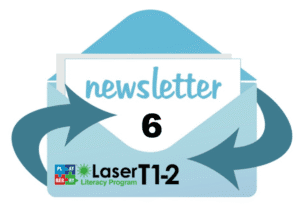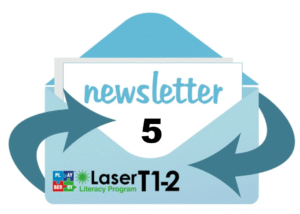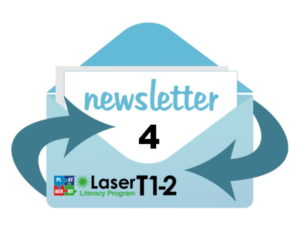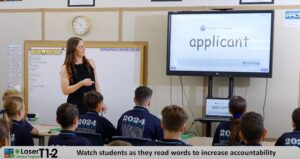Paired Fluency Reading Routine
Preparation - creating your pairs
- Sort students according to their DIBELS Benchmark Score for Oral Reading Fluency (ORF). List students from the highest number of words read to the lowest number of words read.
- Divide the list in half, so you have two groups. Number each student from the top of both groups, starting from 1.
- Match students according to their numbers (Number 1 from the first half is paired with Number 1 from the second half)
- All students in the first half will be ‘As’ – they always read first.
- All students in the second half will be ‘Bs’ – they always read second.
- Partners remain consistent unless students are absent
Partners can be reassigned after each DIBELS Benchmark Test.
Organisation
- Print a copy of the connected text matching that week’s Phonology Focus
- Both students have a copy of the text in front of them
- Students sit knee to knee / opposite each other
The teacher manages the timer
Paired Reading 3-4 minutes
Student A reads for 3-4 minutes while Student B carefully tracks what is being read from their copy of the text.
Student B’s job is to stop Student A if they hear an error and ask them to re-read or sound the word out. (Student A may read the text more than once).
Paired Reading 3-4 minutes
Student B reads for 3-4 minutes while Student A carefully tracks what is being read from their copy of the text.
Student A’s job is to stop Student B if they hear an error and ask them to re-read or sound the word out. (Student B may read the whole text or only part of the text).
The Teacher's Role
- Start and stop the timer – so all students are reading at the same time
- Carefully monitor that Paired Reading is done correctly (reading and tracking).
- Keep all students on task – circulate and redirect students as necessary. This routine needs to be tight.
After Paired Reading (optional)
You may ask students to highlight the focus grapheme(s) or share definitions of some vocabulary in the connected text.






